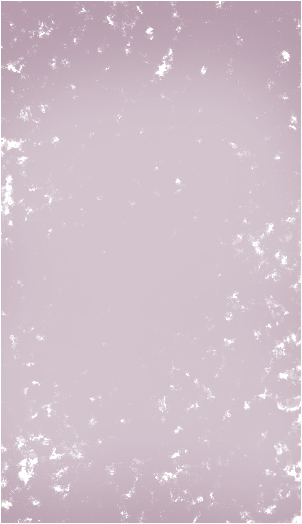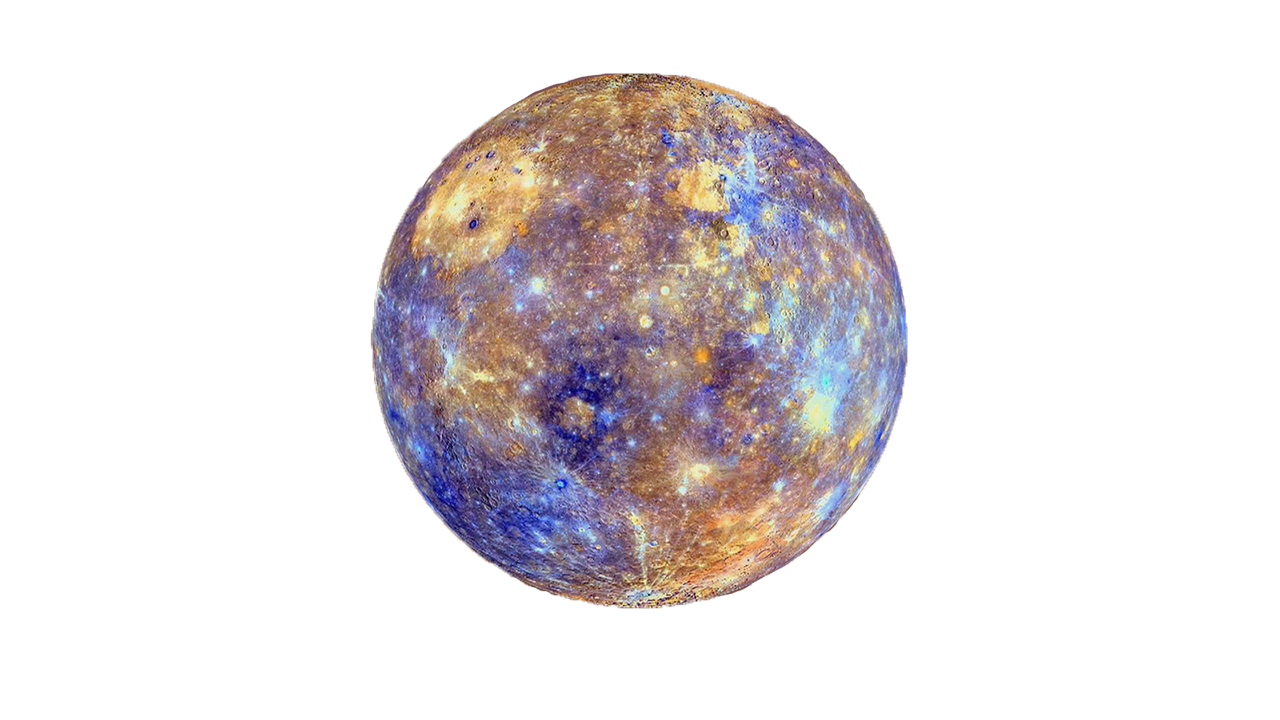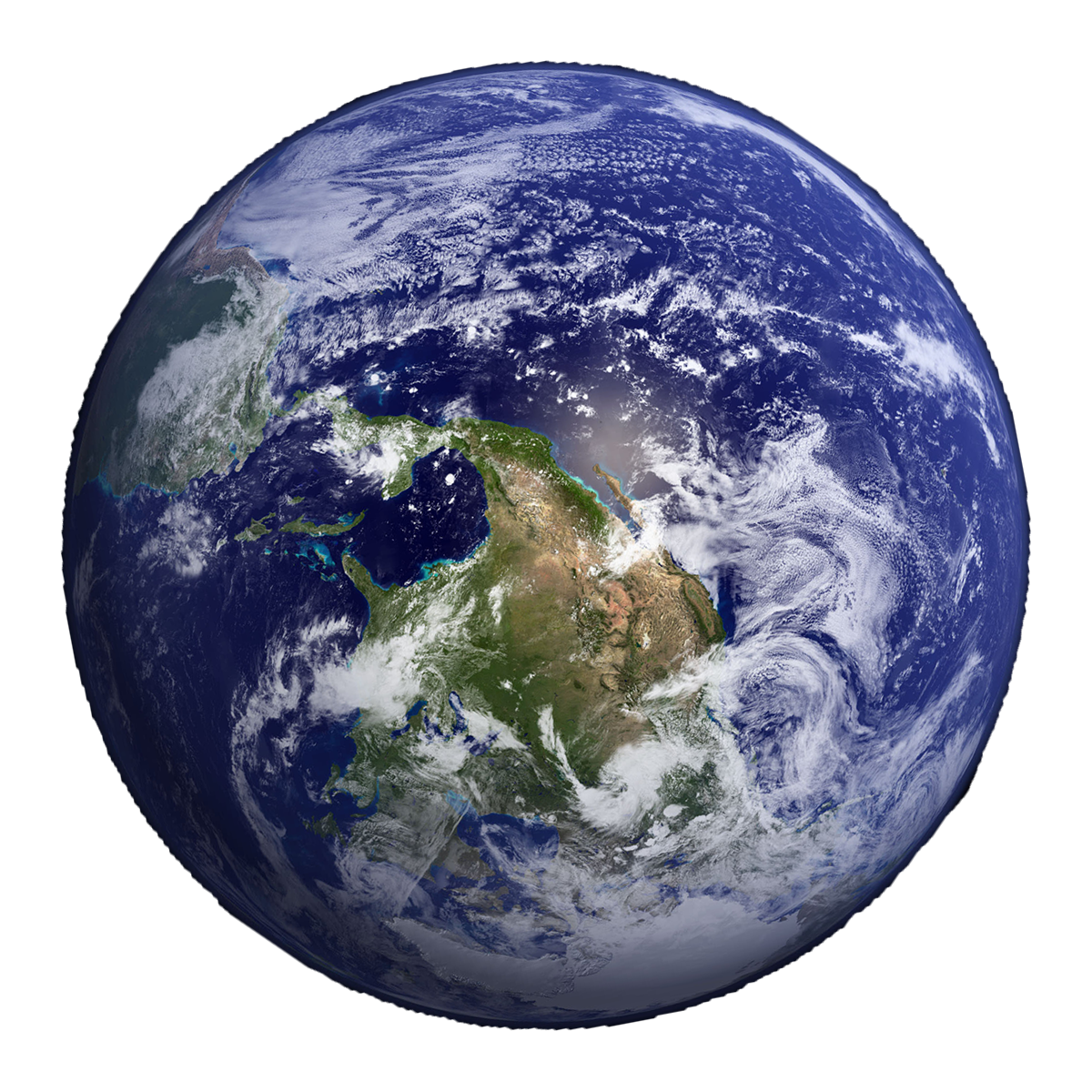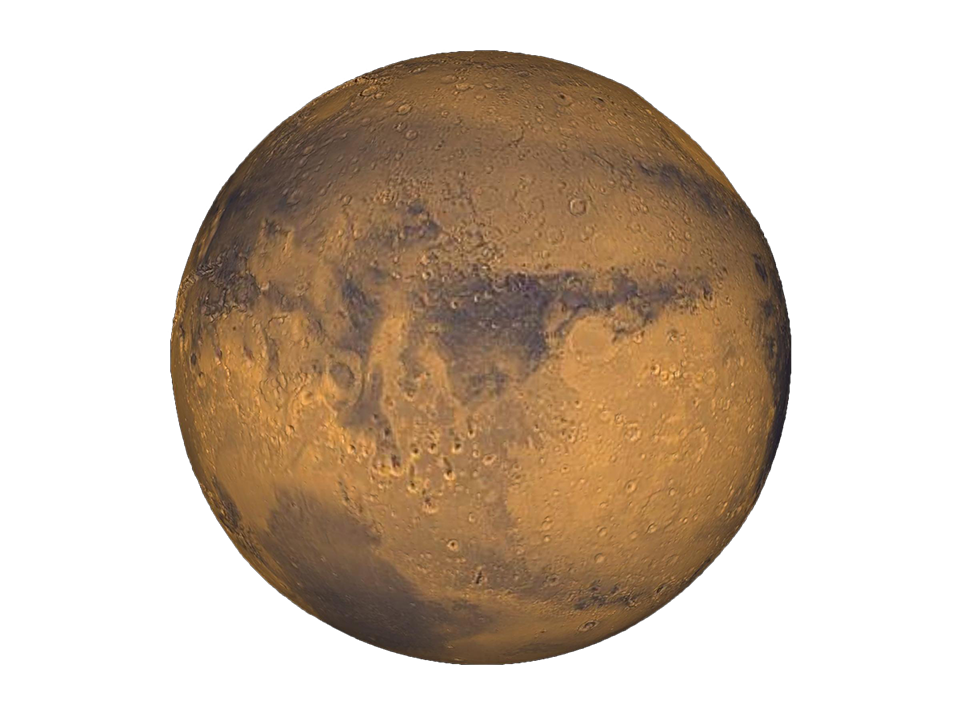Saturn



Quick Facts
Planet Type
Gas Giant
Size
Nine Earth's could almost span Saturn's diamater, not including it's rings.
Moons
Saturn has a total of 82 moons!
Lengh of One Year
10,759 Earth days
Structure
Like Jupiter, Saturn is made mostly of hydrogen and helium. At Saturn's center is a dense core of metals like iron and nickel surrounded by rocky material and other compounds solidified by the intense pressure and heat. It is enveloped by liquid metallic hydrogen inside a layer of liquid hydrogen—similar to Jupiter's core but considerably smaller. It's hard to imagine, but Saturn is the only planet in our solar system whose average density is less than water. The giant gas planet could float in a bathtub if such a colossal thing existed.
Surface
As a gas giant, Saturn doesn’t have a true surface. The planet is mostly swirling gases and liquids deeper down. While a spacecraft would have nowhere to land on Saturn, it wouldn’t be able to fly through unscathed either. The extreme pressures and temperatures deep inside the planet crush, melt and vaporize spacecraft trying to fly into the planet.
Potiential for Life
Saturn's environment is not conducive to life as we know it. The temperatures, pressures and materials that characterize this planet are most likely too extreme and volatile for organisms to adapt to.
While planet Saturn is an unlikely place for living things to take hold, the same is not true of some of its many moons. Satellites like Enceladus and Titan, home to internal oceans, could possibly support life.
Resource
https://solarsystem.nasa.gov/planets/saturn/overview/






